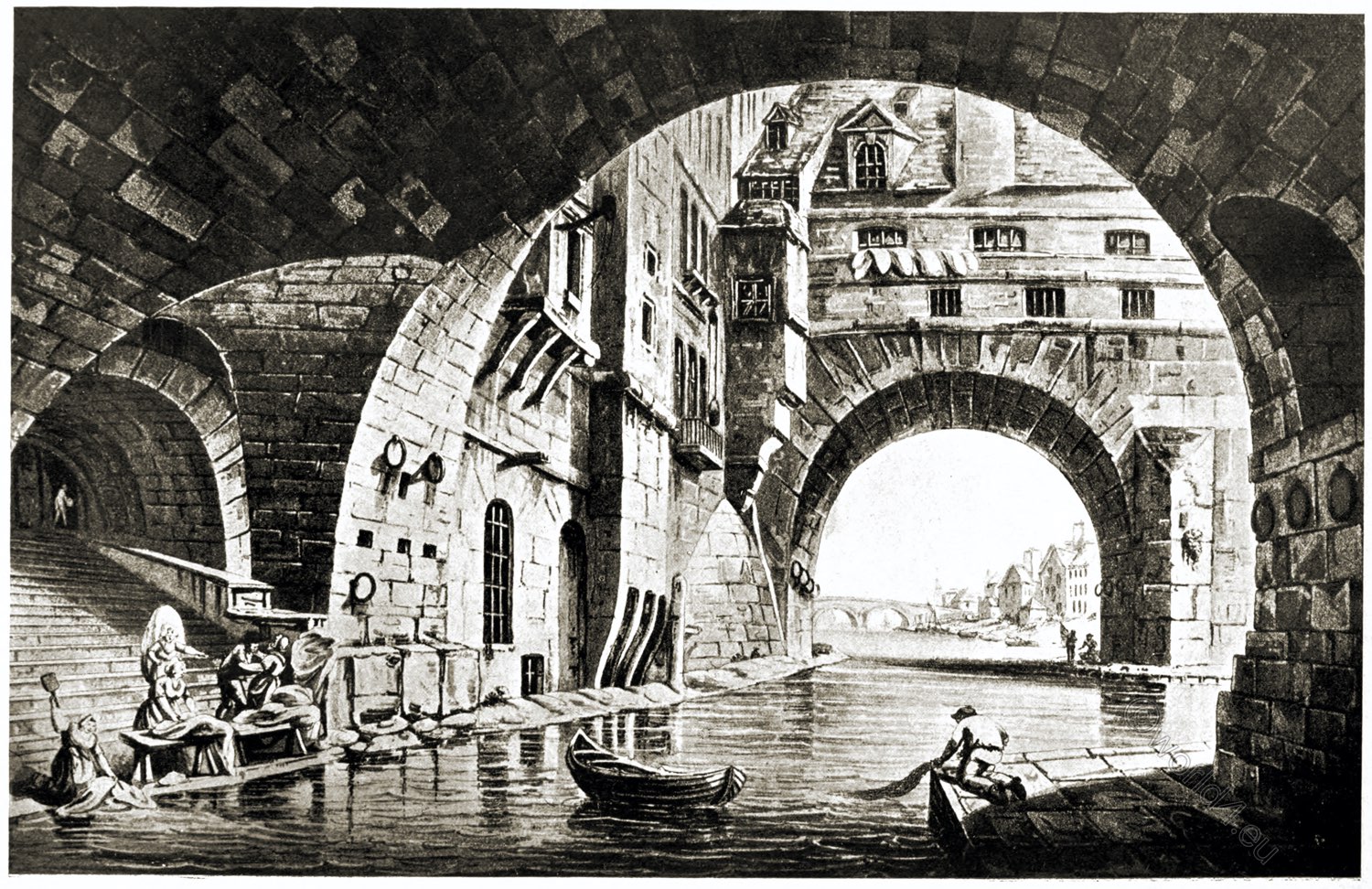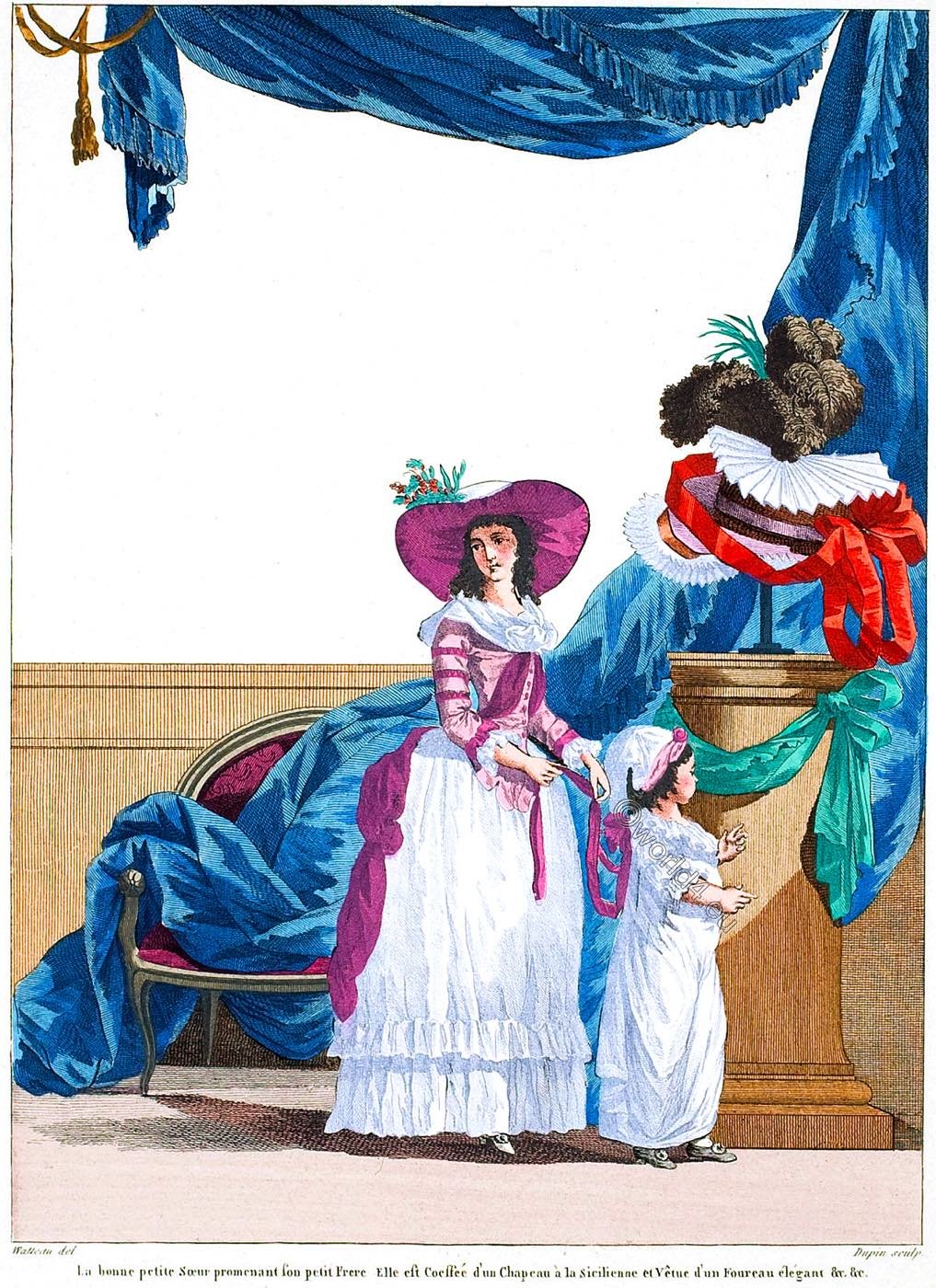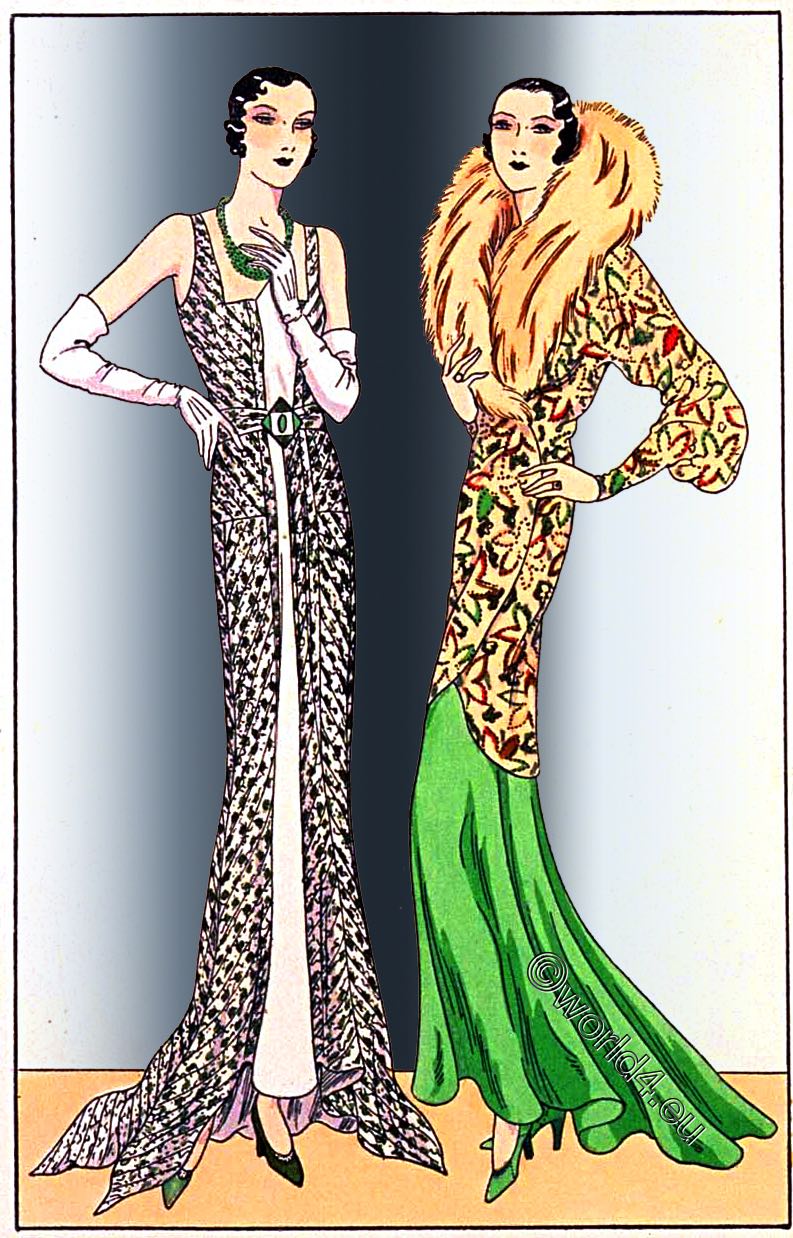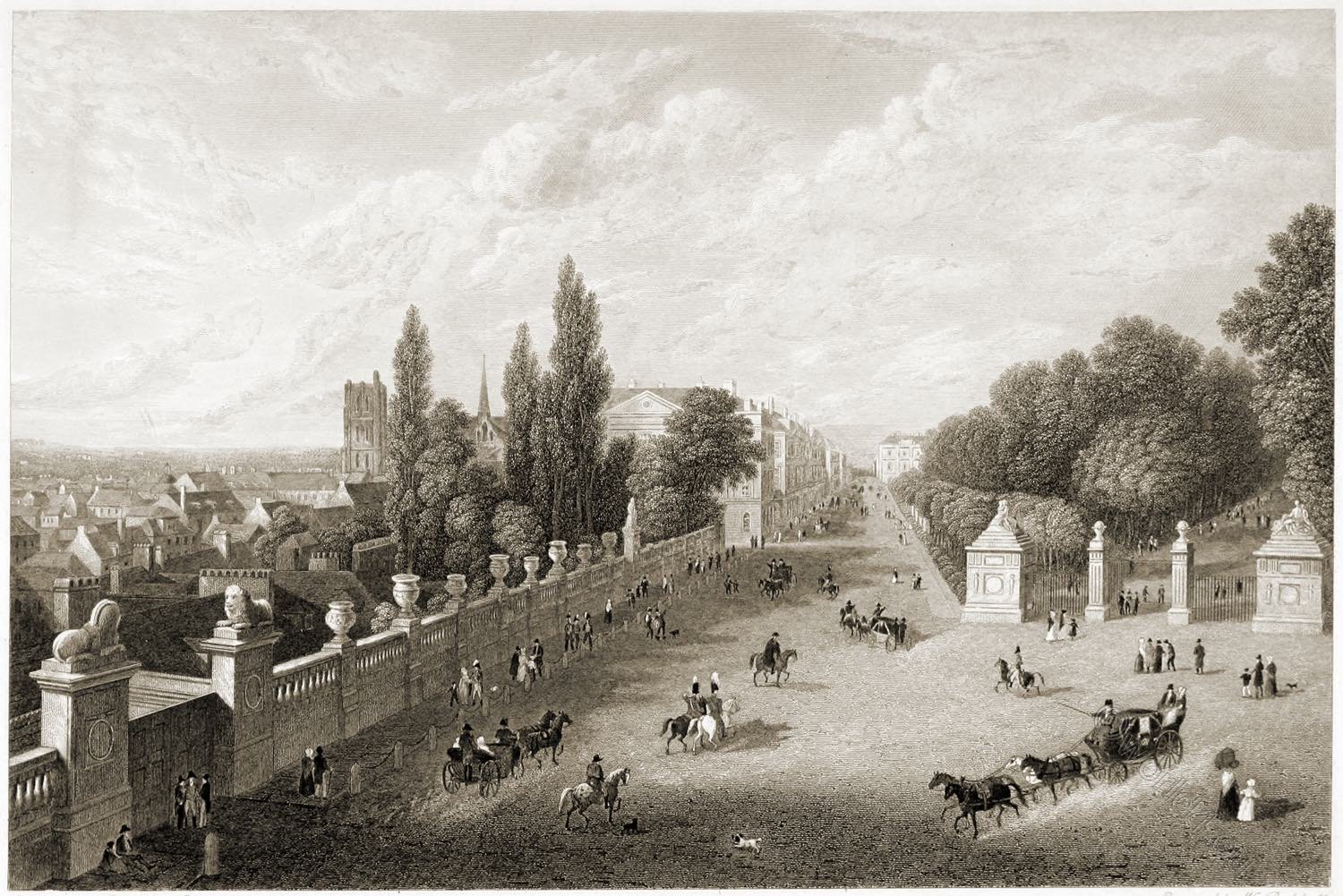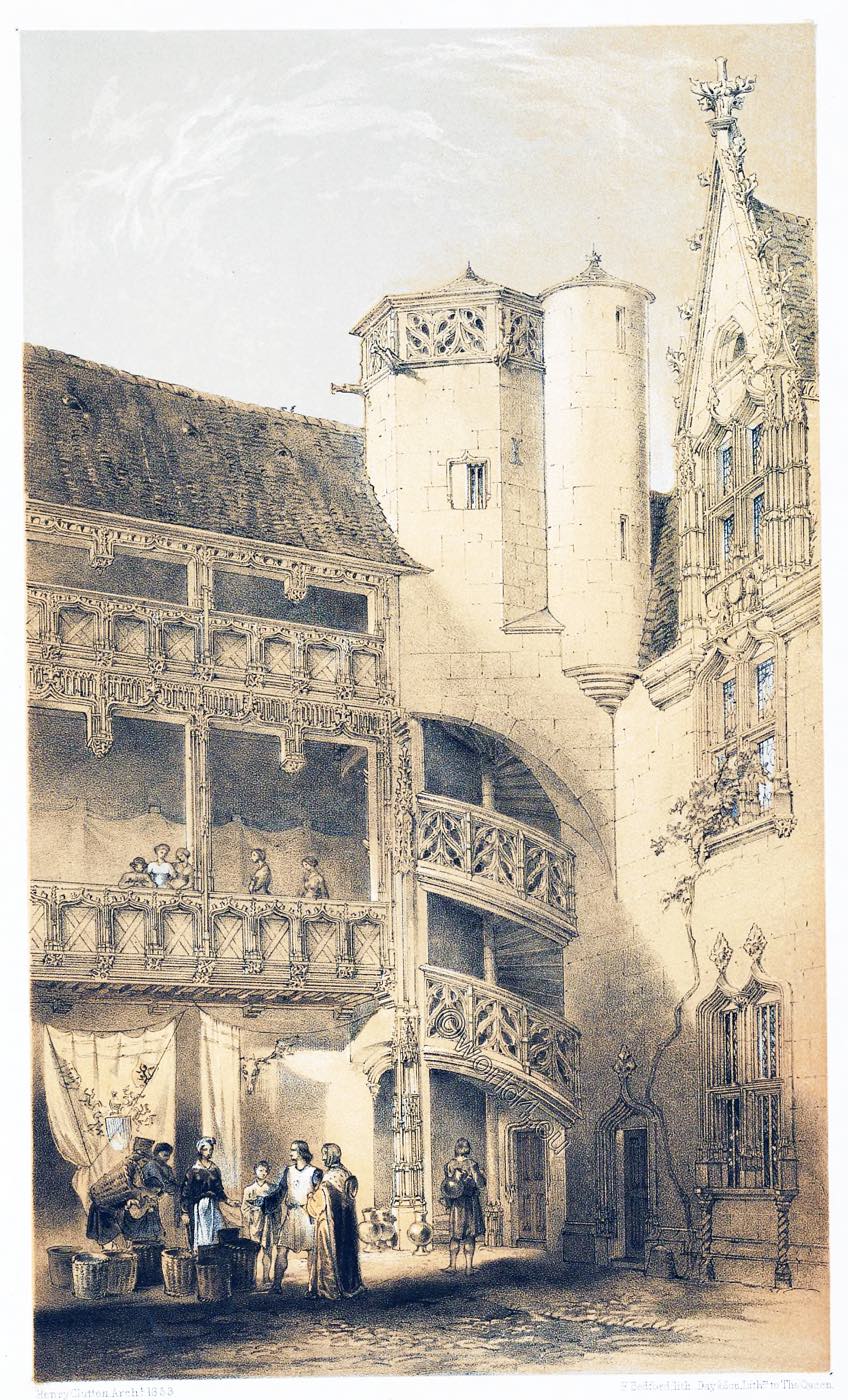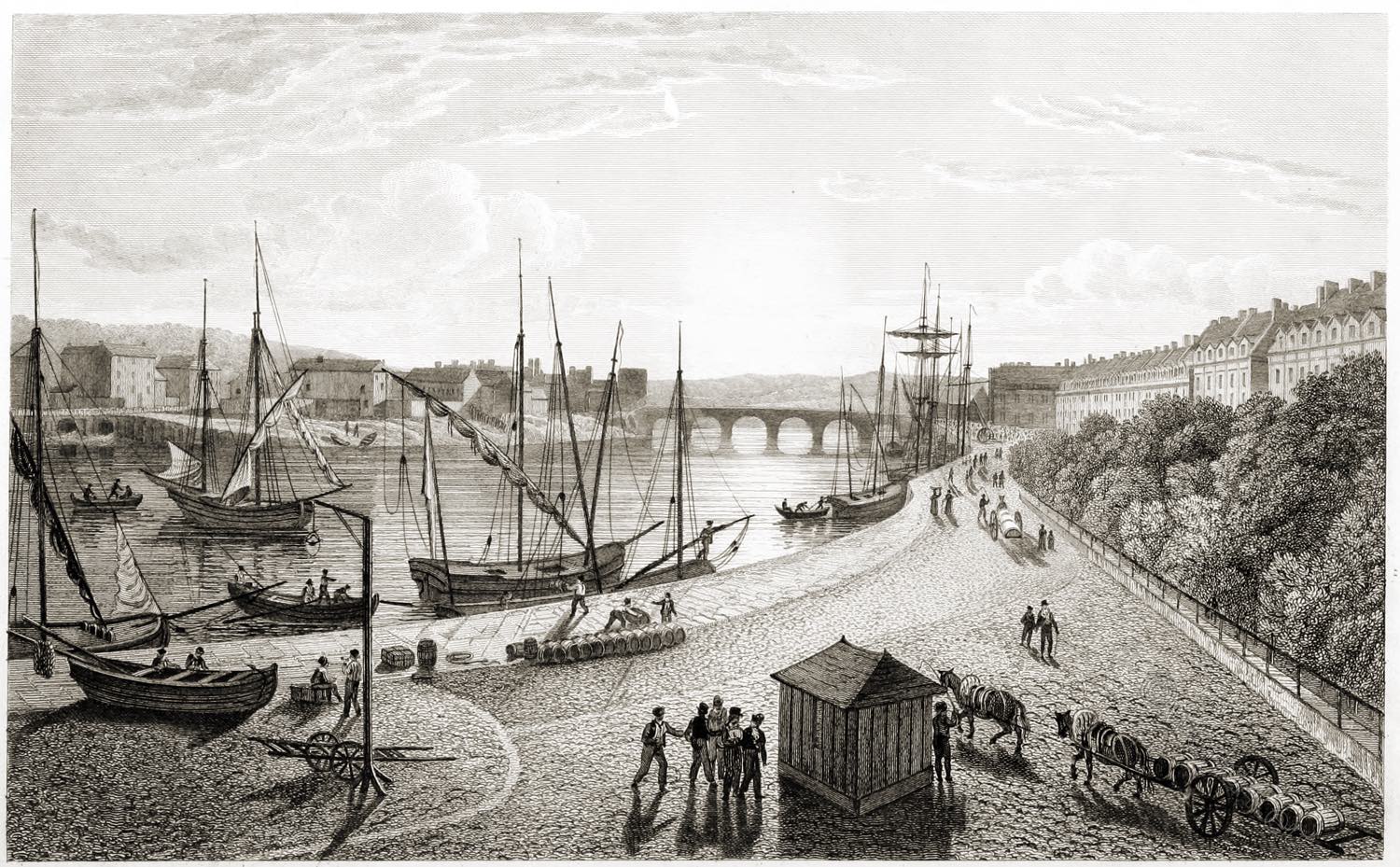
HARBOUR OF DIEPPE.
FROM the hotel of M. Petit, situated opposite the quay, we enjoy an exceedingly picturesque and lively prospect, which cannot fail to attract the attention of all who visit this interesting town.
An old stone bridge crosses the little river Bethune at its entrance into the harbour, which expands before our eyes, exhibiting a continual and ever-varying scene of activity. The quays, of a handsome width, are crowded with shipping, which come to embark or unlade their merchandise.
The population of this town is considerable for its extent: commerce forms its chief resource: the fish trade causes a daily bustle; but it is during the herring season that the greatest activity prevails. The inhabitants also deal in works of ivory, which they boast of having carried on since the remote period of their first voyage to India, whence they imported great quantities of elephant’s teeth.
Engraved by Charles Heath.
Source: French scenery: from drawings made in 1819 by Robert Batty (1788 or 1789-1848). London: Published by Rodwell & Martin, New Bond Street, 1822.
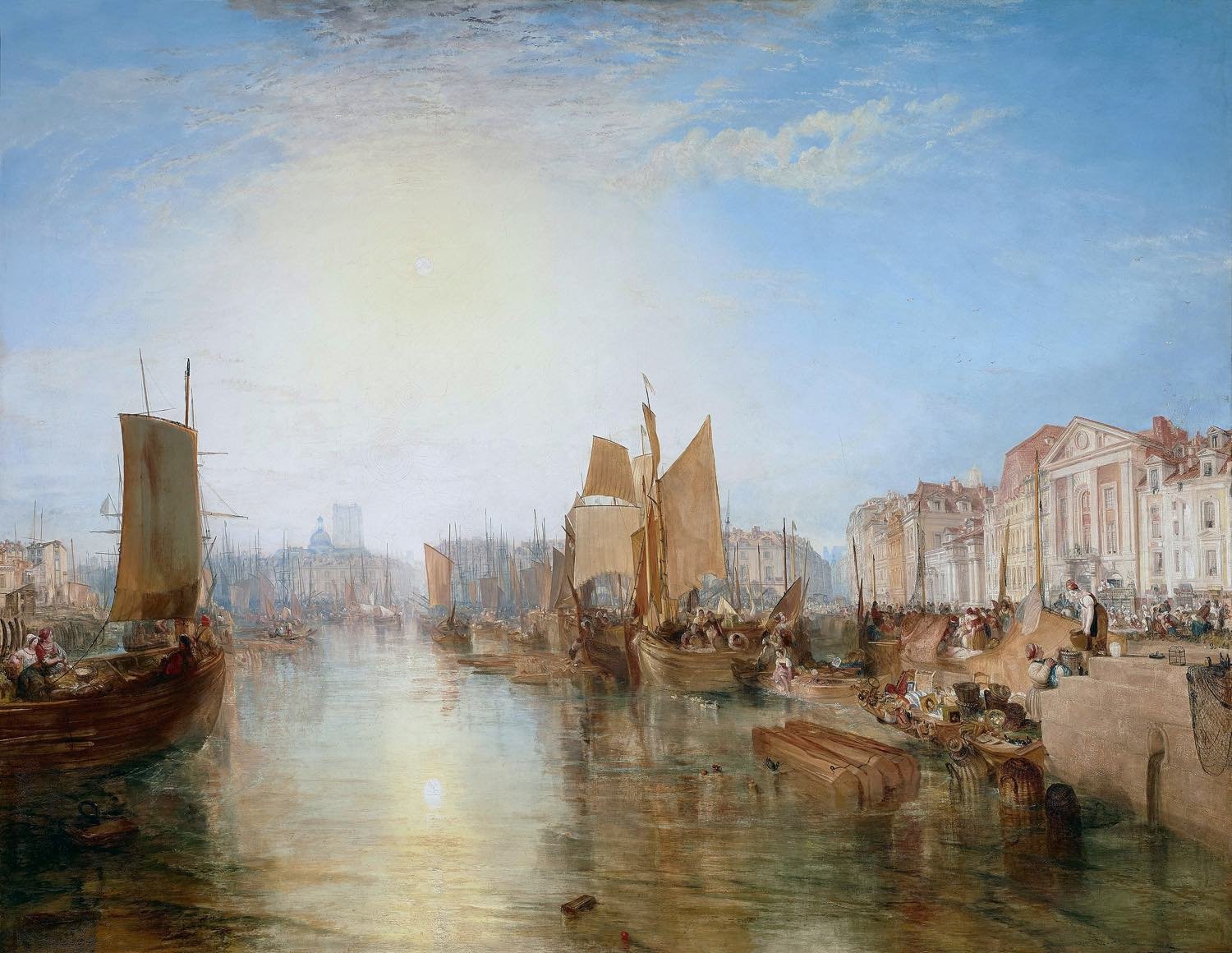
Related
Discover more from World4 Costume Culture History
Subscribe to get the latest posts sent to your email.

